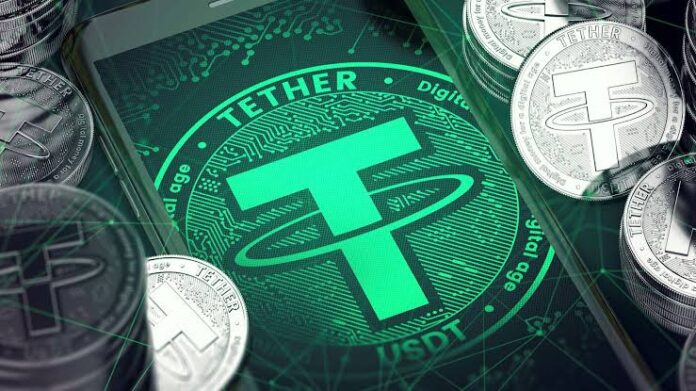Tether (USDT), the popular stablecoin, has achieved a significant milestone by surpassing a market capitalization of $100 billion. This represents a remarkable 9% year-to-date growth for the cryptocurrency, widening the gap between itself and its closest competitor, USD Coin (USDC).
The milestone was briefly reached on March 4, with Tether’s market capitalization fluctuating based on the current price and circulating supply. Data from CoinGecko confirms this achievement.
Widening Gap with Competitors
Tether’s market cap now stands over $71 billion ahead of USDC, which has also experienced growth this year. However, it’s worth noting that other data sources, such as CoinMarketCap, have yet to record Tether’s breach of the $100 billion mark.
With its current market cap, Tether now finds itself on par with major corporations like British oil and gas giant BP and slightly ahead of e-commerce behemoth Shopify.
About Tether
Tether is a cryptocurrency pegged to the value of the United States dollar and is available on 14 different blockchains and protocols. It holds the position as the third-largest cryptocurrency by market capitalization, trailing only behind Bitcoin and Ether.
The company behind Tether claims to back each USDT token with its independently audited reserves, primarily composed of yield-bearing U.S. Treasury Bills (T-Bills). Despite this assurance, concerns about the quality of assets backing USDT persist within the crypto community.
Tether has pledged to reduce its exposure to higher-risk assets and to cease lending funds from its reserves by the end of 2023. However, as of the end of that year, it still had $4.8 billion in loans on its books, though it aims to eliminate these loans by 2024.
Over half of the USDT in circulation operates on the Tron blockchain, which has drawn criticism for facilitating cyber fraud and money laundering activities. The stablecoin firm has defended itself against such accusations, highlighting its collaboration with law enforcement and the token’s traceability.


